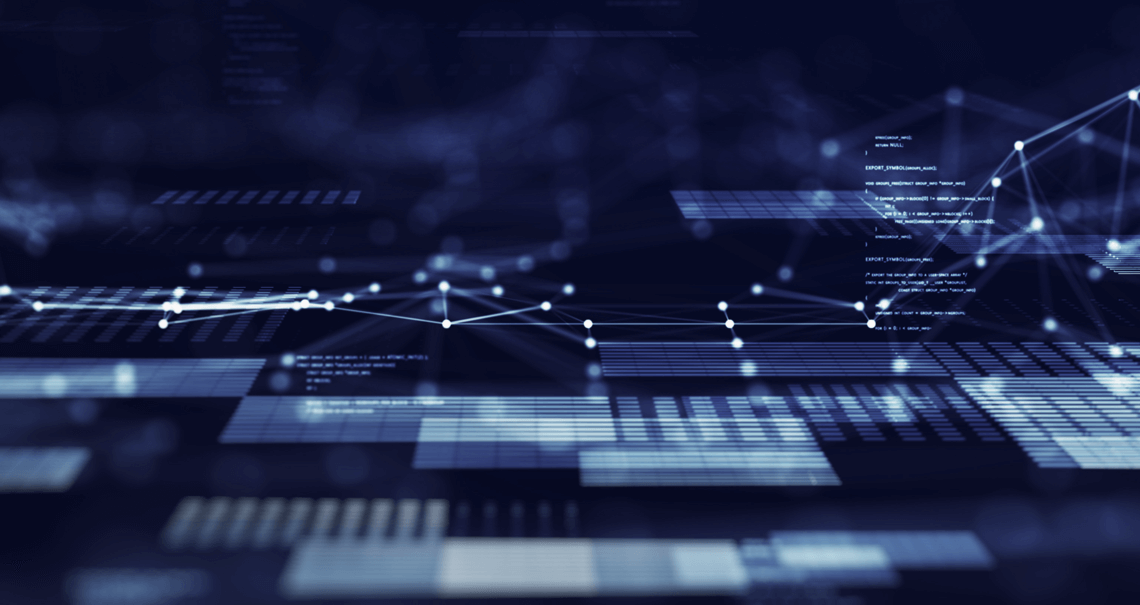How Legacy ETRM Systems Stand in the Way of Digital Transformation

Moving to a cloud-native, SaaS ETRM is an important step for energy traders that are embracing digital transformation to control costs, increase flexibility and productivity, and shorten time to value.
Digital transformation has been a major theme across multiple industries for the past several years, and no wonder. When it’s done properly, digital transformation brings with it a slew of changes that improve productivity at the same time they reduce costs. Instead of remaining stuck with slow, cumbersome processes, manual update cycles, unreliable performance, and low utilization of IT assets, organizations can embrace the speed, agility, automation, and scalability of modern digital technologies. Considering the velocity and nimbleness required to succeed in energy trading, achieving these upsides is even more important than usual in this sector.
What’s standing in the way? The massive trapped investments represented by legacy systems. Addressing this issue, longtime energy industry consultant Geoffrey Cann doesn’t mince words:
“These legacy systems now stand resolutely in the way of progress. They’re big, rigid, change-resistant, costly to run, and lock-in-place practices that are long overdue for change. Any business process or system that has not been materially rethought with cloud computing, mobile connected workers, and widespread telecoms networks is now an anchor, not an enabler.”
If you want your energy trading company to grow, you must escape this trap. But how?
Table of Contents
- The Challenge of Digital Transformation for the Energy Trading Industry
- ETRM Software is a Critical Piece of Your Digital Transformation
- The Best ETRM Software Checks All the Boxes
The Challenge of Digital Transformation for the Energy Trading Industry
Some areas of energy have long been pioneers when it comes to technology. As examples, Cann mentions large-scale seismic modeling and the big, dedicated data centers that came well before the rise of public cloud computing. The cutting-edge of technology for geophysics, exploration, back-office functions, etc., is impressive. But not every area of the industry — and certainly not every company — has been quick to modernize.
Our own experience has shown us the scope of the problem created specifically by legacy ETRM systems. They’re big, rigid, resistant to change, and expensive to maintain. Plenty of companies that rely on these entrenched ETRMs for critical functions have spent years and sometimes millions just to get them started. And hat doesn’t even touch the ongoing financial costs and operational headaches of keeping them updated.
Modernization is becoming a greater and more pressing need. In fact, 90% of companies plan to modernize, or currently have modernization initiatives underway for their trading and risk operations. While there’s a clear, prevailing need to modernize, there are challenges to overcome, such as cost and executive buy-in.
It’s common for companies in this situation to find that they can’t feasibly implement system updates on a regular cadence, meaning that they accrue an immense amount of technical debt on top of an already rigid, outdated business-critical application. In fact, according to our report, embedded legacy systems and operational risks are amongst the top challenges to modernization, while legacy systems are the biggest challenge large companies have to overcome.
ETRM Software is a Critical Piece of Your Digital Transformation
Digital transformation isn’t about rushing into what’s new for its own sake. Rather, it’s about making the most of the inherent advantages of modern digital capabilities. For instance, it makes good business sense not to pay for more computing capacity than you need, yet that rationale must also be balanced against being able to operate at maximum scale whenever that’s required. In the past, you might have to tolerate having a big system that sits unused 95% of the time just because you really need it the other 5% of the time.
Today, however, multi-tenant cloud-based systems inherently address this problem far more effectively than legacy systems ever could. In this case, digital transformation is a clear bottom-line winner in terms of resource utilization.
Getting back to ETRMs, legacy version systems usually lack flexibility when it comes to scale and utilization. Combine that with their user-unfriendliness, the heavy burdens of customization, and all the challenges of periodic update cycles, and it shouldn’t be a surprise that they become a barrier to innovation in spite of technological advances in other parts of the industry.
If your trading firm is ready to take the leap into digital transformation, it makes sense to adopt an approach in which each piece of technology in which you invest fosters adaptability, reliability, interoperability, and user-friendliness. If your ETRM isn’t doing that, it’s time for a change.
The Best ETRM Software Checks All the Boxes
The contrast between legacy systems and cloud-native solutions can be stark. If the old way of doing things is rigid, change-resistant, expensive, and locked in place, the new way is flexible, adaptable, cost-effective, and nimble.
Beyond that, the old way is “big” (as in bad) — lumbering and slow like a dinosaur. The new way feels light and quick, but in fact, is vastly larger under the hood.
It’s important to realize that the payoff for these advantages isn’t even primarily on the IT side. Yes, a cloud-native ETRM is unquestionably easier to implement and maintain from an IT perspective. It’s automated yet customizable, gets updated frequently and without extra cost, and is substantially more reliable than legacy systems. All of these things will make your IT team’s lives much easier — but they’re just the beginning.
The deeper benefits of a modern, cloud-native ETRM are on the business side. A user-focused, design-first approach means that your team can get started immediately and ramp up to become power users before you know it — which results in dramatically shorter time to value. Instead of needing to put so much effort into the back-end processes of implementation, tuning, customization, and updating, your organization can put most of the effort into using the system to trade, manage risk, and ultimately drive your business.
That’s what digital transformation is really for.
What Should You Do if You’re Currently Using Legacy ETRM Software?
To quote Geoffrey Cann one more time, “Those systems that have kept pace should be retained, and those that have not . . . are now due for radical change.” If you’re using a legacy ETRM and struggling with the mandates of digital transformation… There is a better way. Here’s what you should do:
First, you need to assess where you are with your current ETRM, then decide what to do next. If you found yourself agreeing with all the downsides of legacy systems described above and you’ve made it this far, chances are good it is time for the radical change that Cann prescribes. To make your next steps easier, we have resources for better understanding your options.
To help you build your business case, check out “The Business Value of Moving to a Multi-Tenant SaaS ETRM System,” which covers a range of topics, including:
- Cybersecurity
- Scalability
- Innovation
- Cost-effectiveness
Supplement that with “Pros and Cons of Moving from In-House to Purchased ETRM,” which thoroughly lays out the steps of a successful migration, from identifying pain points to selecting an ETRM vendor.
Editor’s note: This blog was first published in August 2023 and updated in December 2024.





